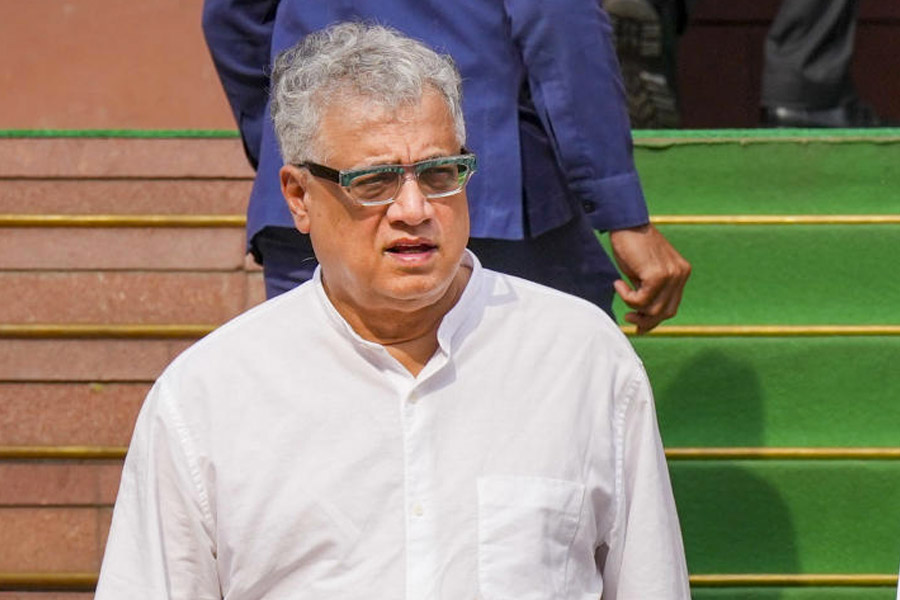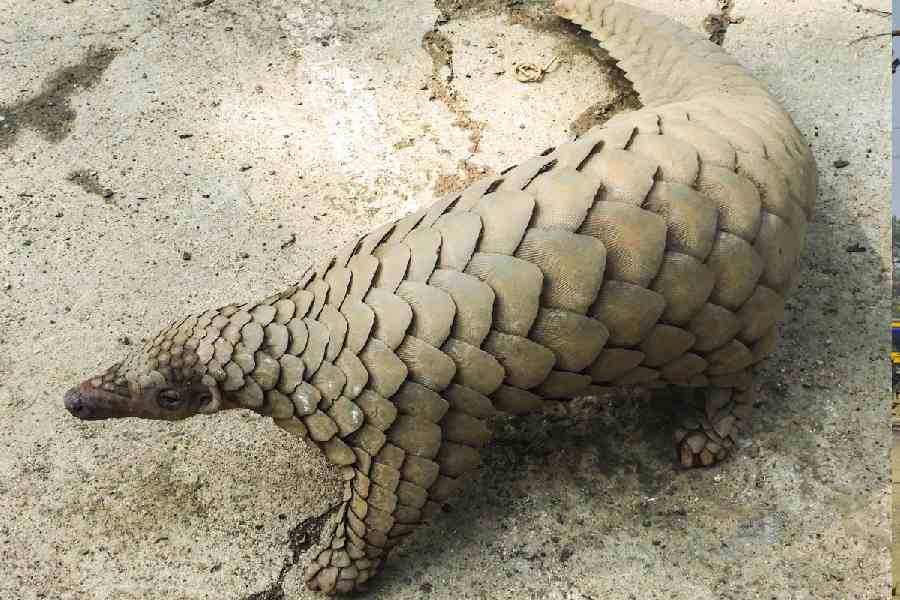 |
| Deer in search of drinking water at Bhitarkanika National Park. Telegraph picture |
Kendrapara, June 6: Water sources within the Bhitarkanika mangrove forest here are rapidly drying up due to the scorching heat. This has compounded the woes of spotted deer species in the sanctuary area.
As a result, the deer are straying into peripheral human settlements in search of fresh water putting the wildlife personnel in quandary. Through this process they are exposing themselves to possible poaching. The deer are averse to saline water that is in abundance in these mangrove rich areas.
“Fresh water sources within the habitation corridors of deer are gradually drying up. Although the situation is yet to assume alarming proportions, there are reports of the deer making their way into places of human habitations on the fringes of the national park,” said Manoj Kumar Mahapatra, divisional forest officer, Rajnagar Mangrove (wildlife) Forest Division.
“The deer species never consume saline water. They sustain on fresh water. Apart from the natural fresh water sources, the department had dug up more than 30 fresh water ponds in the specific mangrove zones infested by these mute species”, said Mahapatra. These animals feed on leaves and shrubs that are rich in moisture content. To feast on vegetable cultivation and crop fields, the deer mostly stray into places that adjoin the village settlements. Scarcity of water is not the sole cause for the deer turning itinerant, said forest officials.
The dug-up ponds have water reserve. With monsoon expected to arrive shortly, the rain would compensate the depleting water sources.
The forest department’s vigil to curb possible poaching has been intensified since past four days as the deer in their frantic search for water have intruded into the village areas on the sanctuary’s periphery. These delicate species leave the scene immediately after quenching their thirst from fresh water ponds. However, the risk of poaching is maximum during their return journey to the forest. So, deployment has been made accordingly at strategic places.
Couple of days ago a poaching case was registered and an accused was nabbed with possession of venison in Rajendranagar village near the national park. The deer population has been on the rise within congenial habitation corridors of the national park. Though no official census of these species has been conducted yet, Bhitarkanika national park is home to an estimated 5,000 deer species.










